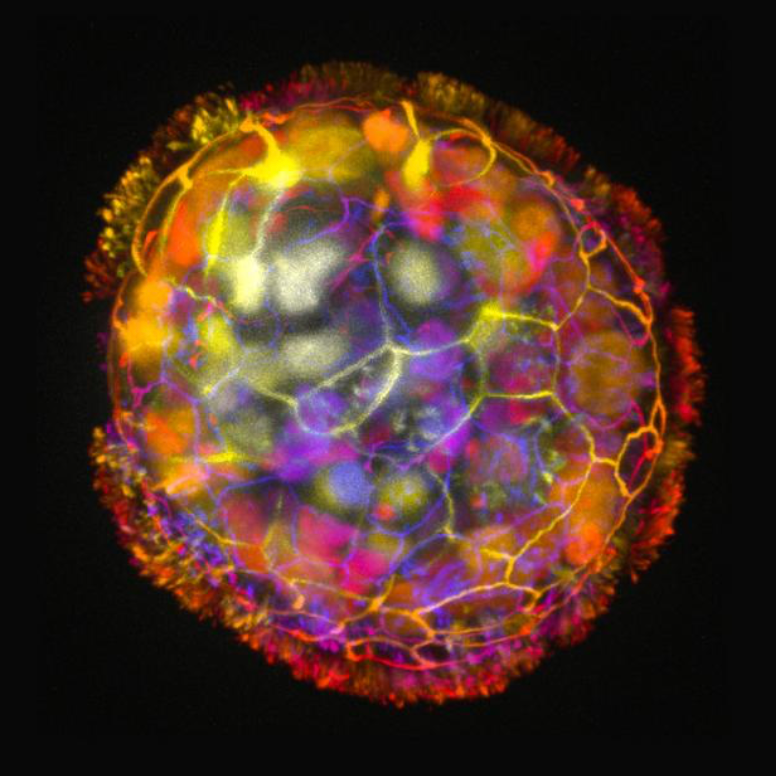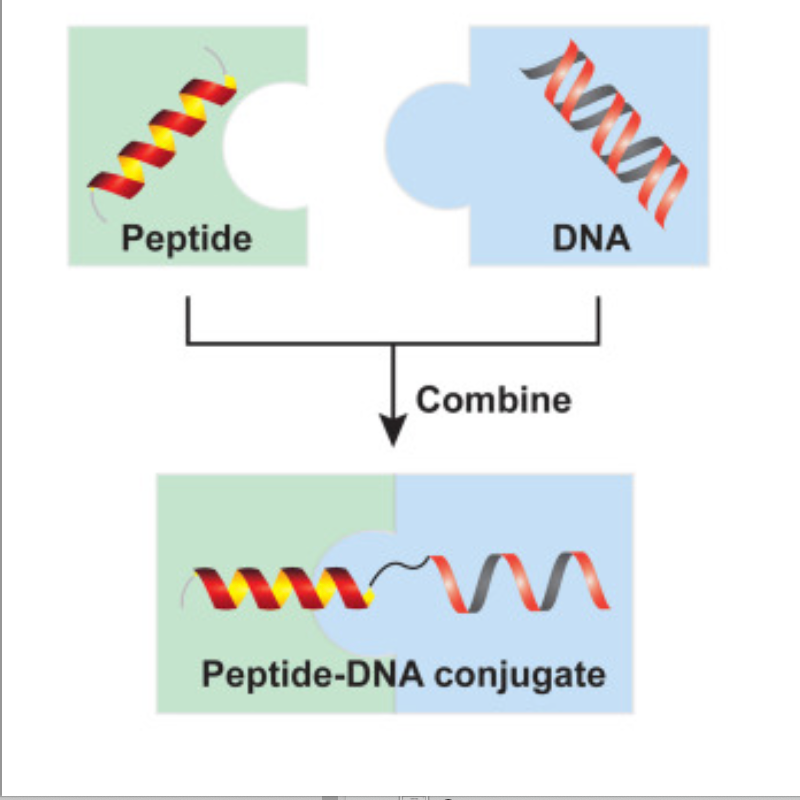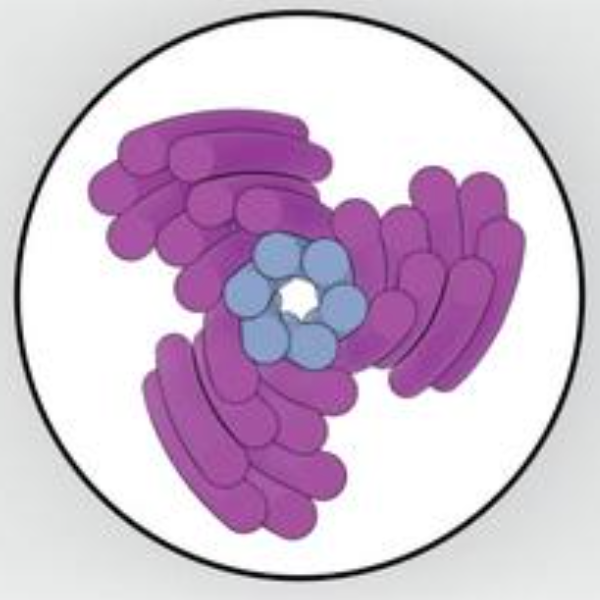Researchers create artificial cells that look and act like living cells
Apr. 23, 2024.
2 min. read
5 Interactions
Surpassing biology
University of North Carolina-Chapel Hill researchers have manipulated DNA and proteins to create new functional cells. This accomplishment has implications for efforts in regenerative medicine, drug delivery systems, and diagnostic tools, the researchers say.
Bridging the gap between synthetic and living materials
Without using natural proteins, UNC-Chapel Hill researcher Ronit Freeman and her colleagues built cells in the Freeman lab that created functional cytoskeletons that can change shape and react to their surroundings. To achieve this, they used a new programmable peptide-DNA technology that directs peptides, the building blocks of proteins, and repurposed genetic material to work together to form a cytoskeleton.
“With this discovery, we can think of engineering fabrics or tissues that can behave in dynamic ways,” says Freeman, whose lab is in the Applied Physical Sciences Department of the UNC College of Arts and Sciences.
Programmed biomaterial
The resulting cytoskeleton allows cells to be flexible, both in shape and in response to changes in their environment.
“DNA does not normally appear in a cytoskeleton,” Freeman says. “We reprogrammed sequences of DNA so that it acts as an architectural material, binding the peptides together. Once this programmed material was placed in a droplet of water, the structures took shape.”
Surpassing biology
The ability to program DNA in this way means scientists can now create cells to serve specific functions and even fine-tune a cell’s response to external stressors. “The synthetic cells were stable even at 122 degrees Fahrenheit, opening up the possibility of manufacturing cells with extraordinary capabilities in environments normally unsuitable to human life,” Freeman says.
The new materials are made to perform a specific function and then modify themselves to serve a new function, customized by adding different peptide or DNA designs to program cells in materials like fabrics or tissues. These new materials can integrate with other synthetic cell technologies—all with potential applications that could revolutionize fields like biotechnology and medicine.
“This research helps us understand what makes life,” Freeman says. “This synthetic cell technology will not just enable us to reproduce what nature does, but also make materials that surpass biology.”
Citation: Daly, M.L., Nishi, K., Klawa, S.J. et al. Designer peptide–DNA cytoskeletons regulate the function of synthetic cells. Nat. Chem. (2024). 10.1038/s41557-024-01509-w (open access)
Let us know your thoughts! Sign up for a Mindplex account now, join our Telegram, or follow us on Twitter.

.png)

.png)


.png)






1 Comments
One thought on “Researchers create artificial cells that look and act like living cells”
Nice
🟨 😴 😡 ❌ 🤮 💩